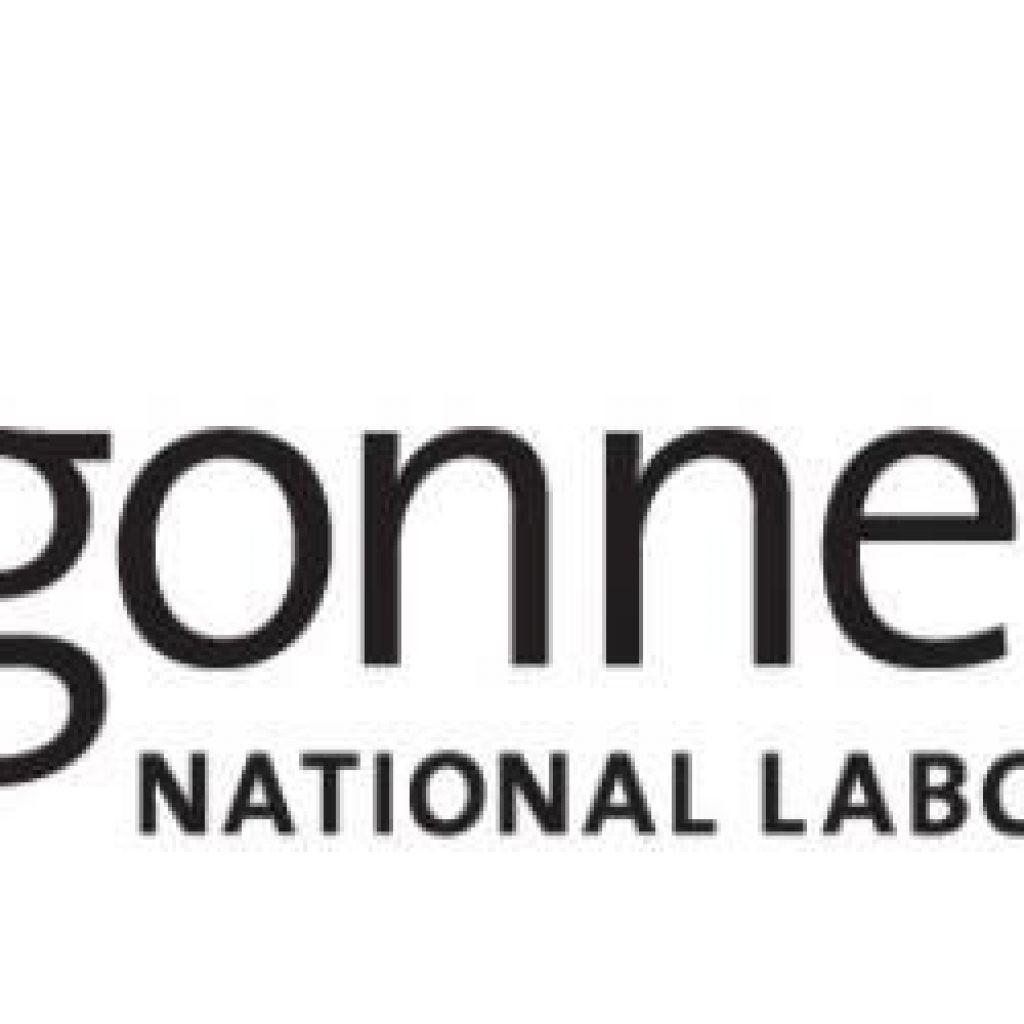(NewsWire) A wide range of activities at Argonne, spanning roughly 40 research projects, are dedicated to envisioning the realities of QIS and quantum computing. These include “roadmapping” sessions, led by Q-NEXT, to determine a path for bringing quantum technologies to the public in 10 to 15 years. Researchers at Argonne are pioneering the materials needed to build quantum information networks and working on error correction mechanisms akin to the ones that keep traditional computers running smoothly.
Q-NEXT will also be supported by two national foundries for quantum materials — one being built at Argonne and one at SLAC — and will develop a National Quantum Devices Database. Together, its 20-plus partner institutions spanning universities and industries are developing capabilities for building unhackable quantum networks, ultrasensitive quantum sensors and testbeds for simulating the full gamut of quantum devices and systems.
“We are driving technologies to the level of single atom control,” Awschalom said. “How can you fabricate billions of quantum bits based on individual atoms, photons or electrons, and how do you place them precisely — and on demand? That’s a major challenge for the field.”
Meeting this challenge could open up a huge array of possibilities for quantum sensors that can detect the motion of one atom. Awschalom suggests the possibility of sensors that could enable telescopes far more powerful than what we have today or cancer detection at the level of a single cell.
But many hurdles lie along the way to designing these minuscule sensors and carriers of information. It requires the ability to design, synthesize and observe systems at the atomic level. These systems are easily disrupted by noise in the environment, such as interactions with light or magnetic fields.
Partners in quantum
A key strength of Q-NEXT, Hewett added, is its blend of partners from national research labs, academia and industry, all of which have developed the tools and capabilities needed to tackle different aspects within this vast endeavor of building quantum information systems.
“The Q-NEXT partners really complement each other in terms of their expertise and their goals,” she said. “It’s a perfect example of how the whole is more than just a sum of the parts.”
Innovation on this scale requires a scientific ecosystem and a complete technology supply chain, which Argonne is helping to build. It is a partner in Duality, a quantum accelerator which currently supports six startups as part of its first cohort. These startups will be able to develop their products, which include simulation software and a manufacturing process for quantum materials, using expertise and state-of-the-art facilities at Argonne, the University of Chicago and the University of Illinois at Urbana-Champaign.
One of the biggest challenges faced by the United States, and one that the national labs can help address, is creating a quantum-ready workforce. Q-NEXT partners are tackling the challenge by hosting traineeships in which students and early-career professionals are embedded side by side with experts in QIS research programs.
In many ways, the quantum devices and information systems being built today are analogous to the earliest days of computing in the late 1930s. For those old enough to remember the simple blinking cursor on a dark screen that greeted any home computer user as late as the 1970s and 1980s, it seemed unimaginable even then that the same technology would eventually deliver us pocket-sized computers capable of taking pictures and calling people anywhere in the world.
“It would be next to impossible to predict the most important things a new technology will bring to bear on the world,” Awschalom said. “The only thing I think we can say with confidence is that it will have an enormous impact, as all new discoveries do. That’s part of the excitement of the field.”
Argonne’s 40 quantum research projects may reshape how we sense and relay data
